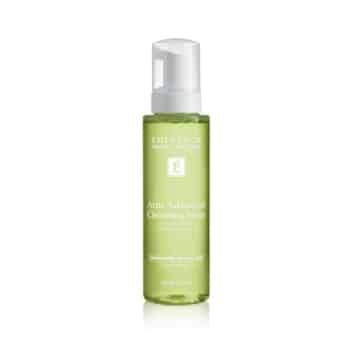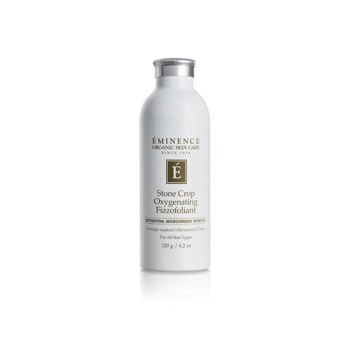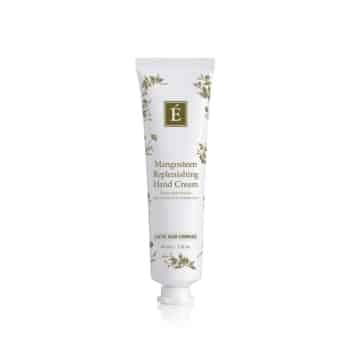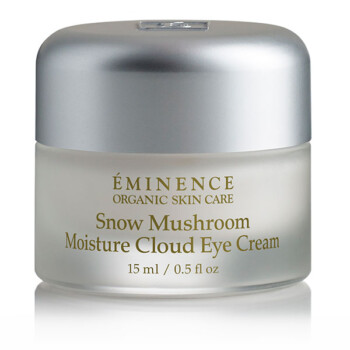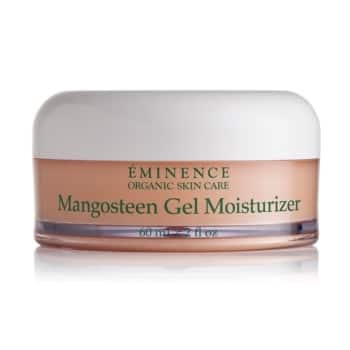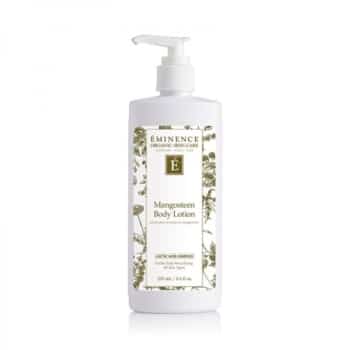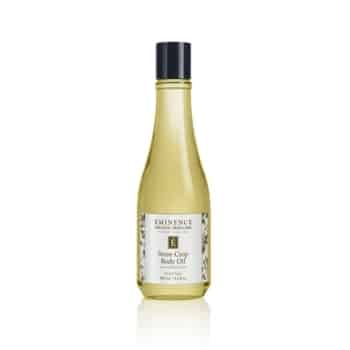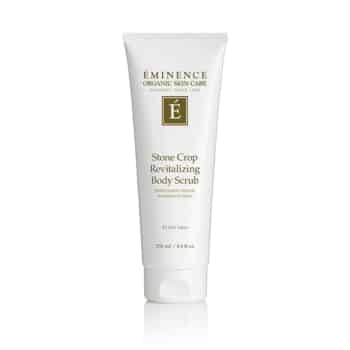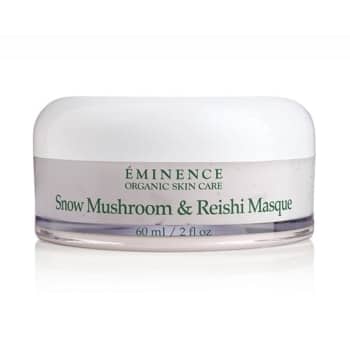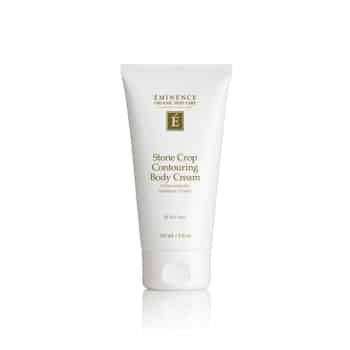Your Quick Guide to Understanding Combination Skin
The Skinsmith | 10th February 2022

How To Find Out If You Have Combination Skin
Combination skin is the most common skin type, it is a “combination” of both oily skin in certain parts of your face and dry skin in others. As most of us tend to have a mixture of oily and dry skin rather than just dry or just oily skin all over the face, it goes without saying that when you ask yourself what skin type do I have there is a high probability that you have combination skin.
Oily skin is where the sebaceous glands or oil glands produce an excess of sebum or oil. Dry skin is the opposite as the glands do not produce enough sebum. Oily skin will look shiny and may suffer from more breakouts due to the excess oil, whereas dry skin will look dull, feel tight with a rougher texture and maybe flaky or sensitive. Usually, a combination skin type will be oilier down the middle and across the forehead which is commonly called the T-zone area with drier areas on the cheeks and around the edges of the face.
To find out if you have a combination skin type;
- Simply look in the mirror and see if you have shiny areas and dry areas – most commonly your skin is shiny on the forehead, nose and chin and dry elsewhere
- Combination skin will often be more apparent in more extreme temperatures so in the summer months and in the winter months the shine and dryness can increase
- You may notice you have more breakouts in the areas of your face that are also more oily. The extra oil produced can create spots and blackheads in these areas whereas the dry areas may be pimple free!
- Oily skin tends to get shinier as the day goes on, make a conscious effort to see if you do have oily areas in the afternoon as they may be more obvious than in the morning
Oily and Dry Skin Spots
We have noted that you will often see more breakouts in the oilier areas or oily T-zone area of your face as spots are often caused by a blocked sebaceous gland. The excess oil mixes with dead skin, bacteria and impurities resulting in pus filled whiteheads.
Blackheads may also be more apparent in the oily-t-zone, especially around the nose as these blocked pores are plugged with dead skin, sebum, impurities and possibly even make-up!
You may however, get a few blackheads on the dry areas of your face too as there will often be an excess of dead skin which can cause those blocked pores. The blocked pores will appear smaller on your dry areas than they typically are in the oily areas where you can often see enlarged pores.
Overactive Oil Glands
As you can see combination skin is a mixture of different skin types. Let’s concentrate on the oily skin type and look at the causes of an oily skin. We know now that oily skin is caused due to overactive oil glands but what causes the oil glands to go into overdrive?
- Genetics – your DNA and your make-up play a large role in every aspect of your body and health, including your skin type. If your parents or grandparents had combination skin, the likelihood is you could too. Genetically you could be programmed to produce excess oil or vice versa.
- Hormones – fluctuations in hormones play a large role in the production of oil, especially the male hormone testosterone. At certain times in your life such as; puberty, menopause and your monthly cycle you will see more of an effect on your skin from the changes in hormone production. The fluctuations and increase in this hormone can trigger excess oil production and lead to an oilier skin.
- Age – your age also plays a role in the oil production of your skin, due in part to the link it has with hormones. Again, puberty and menopause as well as your cycle or even pregnancy can all affect the sebaceous glands productivity. An important factor to note though is that as we get older our oil production naturally slows down. Therefore, you may find your skin changes from combination skin to dry skin as you age.
Weather – we have learnt that extreme weather temperatures can affect how oily or dry your skin feels and it is definitely a factor that your skin will produce more oil in higher temperatures and higher levels of humidity.
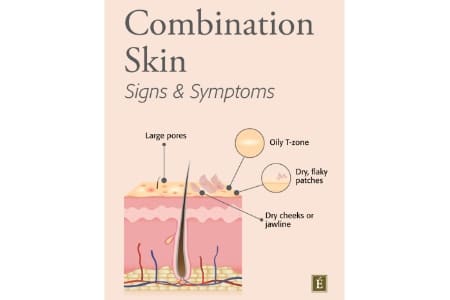
A closer look at how the signs and symptoms of combination skin
A Combination of Mild Breakouts and Dry Skin
We have spoken about what a combination skin type is along with some of the causes of combination skin. You will often have both oily skin with the characteristics of oily skin as well as dry skin and its characteristics.
To summarise:
- Oily skin will be shiny, often more resilient with hardly any sensitivity or irritation. It can be accompanied by mild breakouts and blocked pores from the excess oil production, those pores will often be larger than on dry skin and oily skin will often have a smoother texture with little or no fine lines.
- On the opposite side, dry skin will feel tight, it can be easily irritated and can be more sensitive than oily skin. It will feel rougher in texture and may look dull. Fine lines can appear more apparent and in extreme cases, dry skin can show flakiness and even inflammation.
Does Your Make-Up Seem Patchy?
A good tip to see if you have combination skin is to see how well your make-up lasts and how it looks on your skin. Make-up on the oily t-zone areas will mix with the sebum and can look waxy and patchy, it can get wiped away easily or disappear within the excess oil. On the dry areas of your face your make-up can look uneven as the dry skin cells trap your make-up, it can also accentuate the dry look and feel of your skin leaving your make-up looking dull and blotchy.
For combination skins you may opt for using 2 different foundations; a water-based foundation for your oily t-zone leaving you with a more matte finish and cream or oil-based foundation for the dry areas. However, you can find foundations that are more of a satin finish designed especially for combination skin types.
Now you know what a combination skin type is – 2 different skin types on 1 face… oily skin generally in the t-zone across the forehead and down the middle of the face with dry skin elsewhere.
Used To Treat Several Skincare Issues
Facial cleansing products come in many different formulations. You will find a cleanser for all the different skin types and skin care concerns such as: dryness, dehydration, sensitivity, acne, breakout prone, oily, normal, combination, mature and pigmentation issues. Different ingredients will target different concerns and for some using one cleanser in the morning and a different cleanser at night is a perfect solution for multiple concerns. For example, you may have oily, breakout prone and mature skin and use a cleanser designed more for treating oily skin in the day and a richer cleanser for mature skin at night. It is fun to experiment and some people even like to do a double cleanse each time!
Combination Skin: How Is It Caused?
We’ve already looked in part at the causes of combination skin, we’ve learnt that it is due to overactive or underactive sebaceous glands producing either too much or not enough oil for our skin.
We’ve seen how genetics can determine how much sebum those sebaceous glands produce and it can vary depending on where those glands are located on your face. We also know hormones are key in oil production and fluctuations of testosterone can increase or decrease the amount of oil we produce. We have noted that external influences such as temperature, humidity and the season will also affect oil production often finding the hotter the temperature and the more humidity results in more perspiration and more oil production.
Lower humidity and temperatures will have the opposite effect as our skin dehydrates and becomes more sensitive. Finally, we have spoken about age being an important factor in our skin type. Our skin type will definitely change as we age often being oilier in our teens and early adulthood, progressing to a drier skin as our oil production slows down with maturity.
Skincare for combination skin has come a long way in recent years.
You can find specific products for combination skin that balance oil production, infuse your skin with natural lipids and stimulate circulation and cell renewal helping to repair and renew your skin.
Unsure On How Best to Manage Combination Skin? Find Out How by Checking Out Our Guide Here
Discover how to best manage combination skin by checking out our helpful guide here. As an alternative, get in touch with a member of our high-experienced and friendly team today on 01305 300950 or by emailing [email protected]. You can also contact our team by utilising our contact form below. We’re looking forward to hearing from you.
